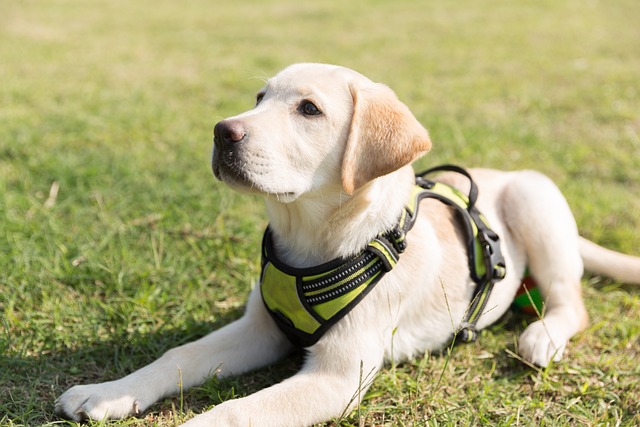
What is the hardest week of a puppy
You’re lying in bed at 3 a.m. in your Dallas apartment, eyes wide, as your 8-week-old Lab puppy whimpers from her crate. You’ve cleaned up two accidents,
If you’ve brought a Border Collie into your home, you’ve welcomed a whirlwind of intelligence and energy. These herding dogs were bred to work long days in open fields, and their need for physical and mental stimulation is as intense as their gaze when they lock eyes on a moving target. But figuring out “how often should I walk my Border Collie?” is more than just setting a timer—it’s about keeping them balanced, happy, and compliant with local regulations.
Border Collies aren’t your average couch potatoes. Aim for at least 90 minutes to 2 hours of walking each day. This breed thrives on extended outings that let them explore new scents, run freely, and engage with the world around them. Shorter walks might seem like a quick fix, but without sufficient activity, these intelligent dogs can turn their excess energy into destructive behaviors, like chewing furniture or digging up the yard.
Breaking up that daily exercise into multiple sessions works wonders. Two or three walks spread throughout the day align better with their natural rhythm. A brisk morning stroll to kickstart their day, an afternoon adventure to burn off midday energy, and an evening walk to wind down can keep them in top form. Just make sure to check leash laws in your area; many public spaces require dogs to be leashed to protect wildlife and other pedestrians.
 Age plays a crucial role in your walking routine. Puppies under six months have developing joints, so limit walks to short, 10 - 15 minute sessions. As they grow, gradually increase the duration and intensity. Senior Border Collies, while still eager for action, might appreciate slightly shorter walks at a more leisurely pace. Pay close attention to their body language—if they start lagging or seem reluctant, it’s time to head home.
Age plays a crucial role in your walking routine. Puppies under six months have developing joints, so limit walks to short, 10 - 15 minute sessions. As they grow, gradually increase the duration and intensity. Senior Border Collies, while still eager for action, might appreciate slightly shorter walks at a more leisurely pace. Pay close attention to their body language—if they start lagging or seem reluctant, it’s time to head home.
Border Collies aren’t just physically active; they’re mental gymnasts too. Incorporate activities like sniffing games, obedience training, or even simple obstacle courses during walks to engage their minds. A tired body is important, but a stimulated brain is what truly satisfies this breed. Many dog parks offer agility equipment, but be sure to follow the park’s rules regarding usage and dog-to-dog interactions.
Weather conditions also factor into your walking schedule. In hot weather, walk your Border Collie early in the morning or late in the evening to avoid overheating and paw burns from hot pavement. When it’s cold, consider a dog coat if your pet feels the chill. And never forget the poop bag—leaving waste behind not only ruins the environment but can result in hefty fines in most localities.
Walking your Border Collie is more than exercise; it’s an opportunity to strengthen your bond. Use this time to practice commands, play fetch, or simply enjoy each other’s company. With the right walking routine, you’ll have a well-adjusted, content companion who’s ready to take on whatever adventures come your way.

You’re lying in bed at 3 a.m. in your Dallas apartment, eyes wide, as your 8-week-old Lab puppy whimpers from her crate. You’ve cleaned up two accidents,

Bringing a small dog into your life means endless snuggles and tail wags, but it’s important to know that some breeds face more health challenges than others.

If you’ve brought a Border Collie into your home, you’ve welcomed a whirlwind of intelligence and energy. These herding dogs were bred to work long days in open fields,

Watching your dog struggle to jump onto the couch or limp during walks can break your heart. Arthritis, a common and painful joint condition, can affect dogs at various ages.

If you've ever watched a Husky scarf down their food like it's the last meal on earth, you might wonder if their eating habits spell trouble for their stomachs.

Imagine this: You’re sorting through Halloween candy, and your curious Cocker Spaniel sneaks a square of dark chocolate off the counter.